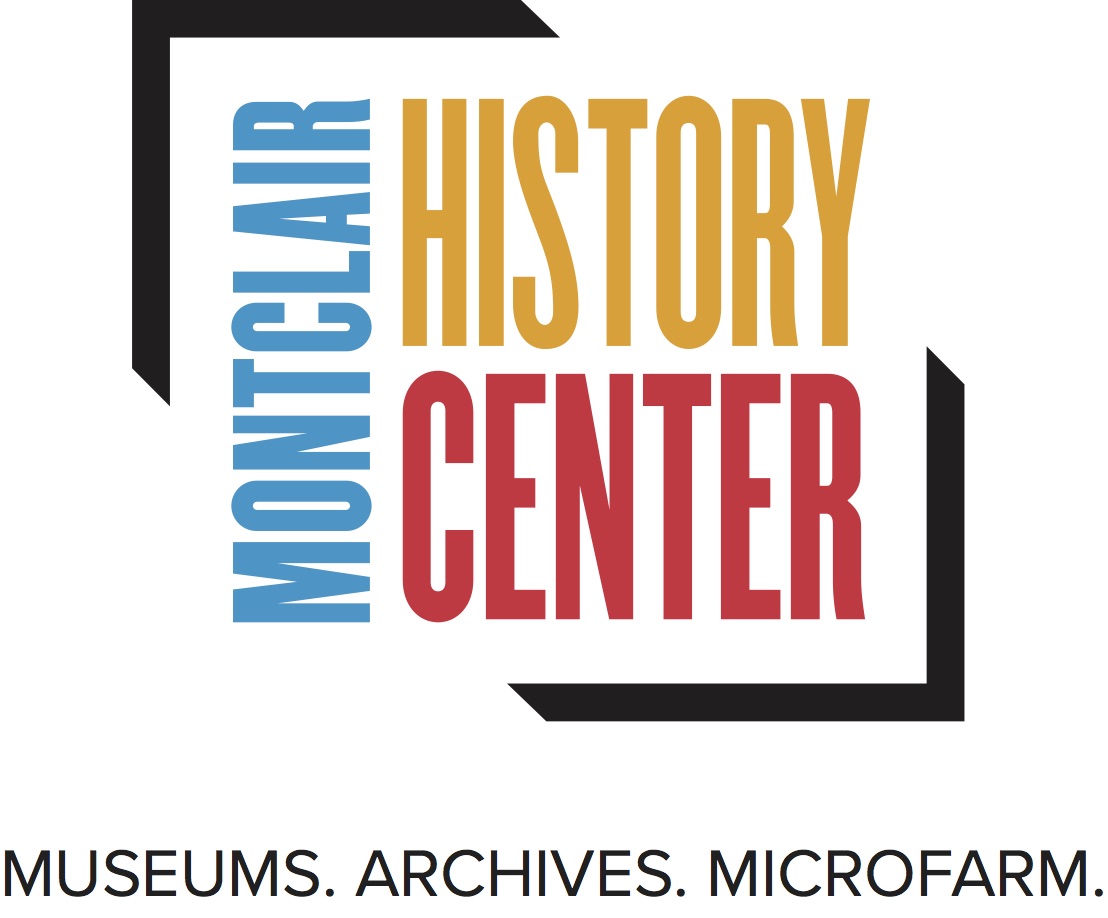Did you know that the Montclair History Center houses a magick wand in its collection?
While this may seem like a rare or unusual object, the popularity of theosophy and spiritualism rose in social circles at the turn of the 20th century. Likely ignited by the beginnings of early psychology and Sigmund Freud’s 1899 publication The Interpretation of Dreams, people became more interested in exploring the unconscious mind. Blending mysticism with psychotherapy, Carl Jung’s form of psychology used archetypes and unconscious wisdom to help his patients. Many of these archetypes correlate with some of the archetypes found in tarot cards dating as early as the mid-15th century.
Although over time using tarot became relatively obsolete, in the year 1909, tarot cards saw a resurgence with the publication and reprinting of the Rider–Waite Tarot. This deck was created based on the instructions of academic and mystic A. E. Waite and illustrated by Pamela Colman Smith. Waite and Smith were both members of the Hermetic Order of the Golden Dawn, one of many early 20th century secret societies focused on practicing occultism.
A deck of Rider–Waite Tarot.
Finding a magick wand in our collection is not so unusual when understanding that the social interest in mysticism and magick was simply part of popular culture for the time period. This particular wand is based on Johannes Trithemius’ guidelines for crafting a wand in his grimoire, Art of Drawing Spirits into Crystals. Trithemius (1462-1516) was a German Benedictine abbot. Some of the details of this particular wand include the names and phrases Agla, On, and Tetragrammaton on one side of the wand, a hexagram between Agla and On and between On and Tetragrammaton, and an equal-armed cross after Tetragrammaton. Agla is an abbreviation for the phrase “Thou art mighty forever, Lord” in Hebrew while Tetragrammaton is from the Hebrew name for the unpronounceable name of G-d in the Bible. The other side has the inscription “Ego Alpha et Omega,” the Latin translation of “I am Alpha and Omega.” These symbols and names are believed to have great spiritual value. According to Trithemius’ guidelines, the wand should also be inlaid or written with gold and made of ebony (which we can see here with this wand in our collection).
Side one of the wand: “Agla on Tetragrammaton”
Side two of the wand: “Ego Alpha et Omega”
According to modern enthusiasts and practitioners of esoteric knowledge, this wand may have been used for conjuring angels and communicating with spirits in a specific ritual. However, most modern examples of this wand are smaller and handheld, and not so comically large. So what this wand in our collection was actually used for may have been a large scale model for the sake of visual representation or created purely out of social interest. The original owners of this wand lived in Montclair from 1896 to 1996 and were very interested in various topics from geology to astronomy and possibly even spiritualism. Although all of the criteria of the design of our wand match with that of Trithemius’ guidelines, the historic use of the wand we have in our collection remains as much of a mystery as the unconscious and the occult.
Jess Titterington, Collections Assistant, Montclair History Center
Sources:
https://en.wikipedia.org/wiki/Tarot
https://positivepsychology.com/jungian-archetypes/
https://digitalambler.com/materia/wand-of-art/




